Winter weather can wreak havoc on even the most well-cared-for skin. “Cold, dry weather, coupled with wind, puts a strain on the outer skin layer,” says Joshua Zeichner, MD, director of cosmetic and clinical research in dermatology at Mount Sinai Hospital in New York City. “As natural oils become stripped from the surface of the skin, the barrier becomes disrupted. This leads to loss of hydration, itching, and inflammation.”
Read on to learn about the things people do wrong when it comes to skin care during the winter. And for the best protection this winter, use one of these expert-recommended cold weather face masks for coronavirus.
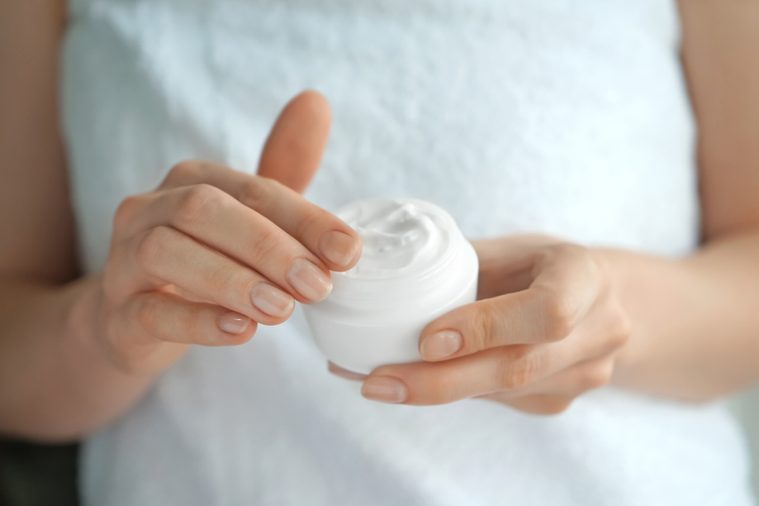
Not switching out your moisturizer
The lightweight moisturizer you wear in warmer months is not going to work as well in the winter. The American Academy of Dermatology (AAD) recommends an ointment or cream rather than a lotion. Look for an oil—such as olive or jojoba—or shea butter among the ingredients. Other dry skin soothers: Lactic acid, urea, hyaluronic acid, dimethicone, glycerin, lanolin, mineral oil, and petrolatum. “Moisturize morning and night,” advises Dr. Zeichner.

Waiting too long to moisturize
Don’t wait too long after a shower before applying your moisturizer—slather it on right away, while the skin is still damp. Moisturizers are most effective when they trap fluids in your skin. So be sure to apply it within a few minutes after toweling off following a shower or bath or washing your face or hands, says the AAD. Here are 12 things dermatologists do to their own skin in winter, and you should too.
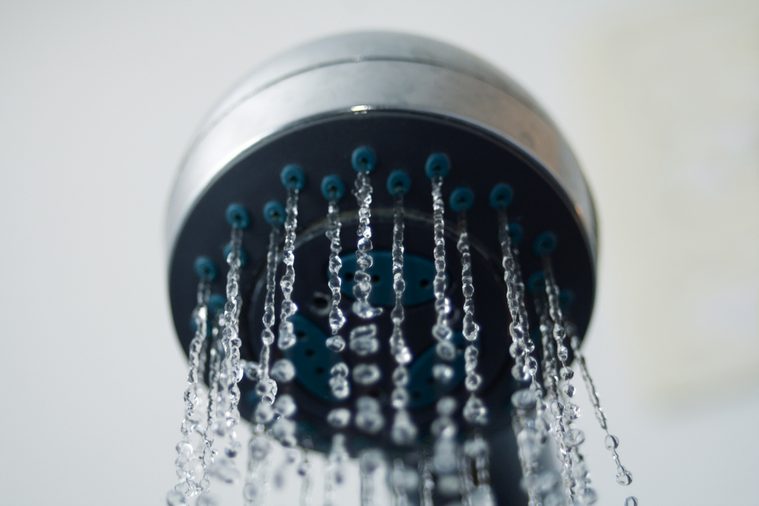
Taking a super-hot shower
It’s tempting to take a really hot shower when it’s cold outside. But hang on, says Dr. Zeichner: “Hot water can strip the skin of natural oils, contributing to dryness and itching.” He recommends short showers of 10 minutes or less in lukewarm water. “The temperature of the water should be similar to what you would expect in a heated pool in the summer, around 86 degrees Fahrenheit.”
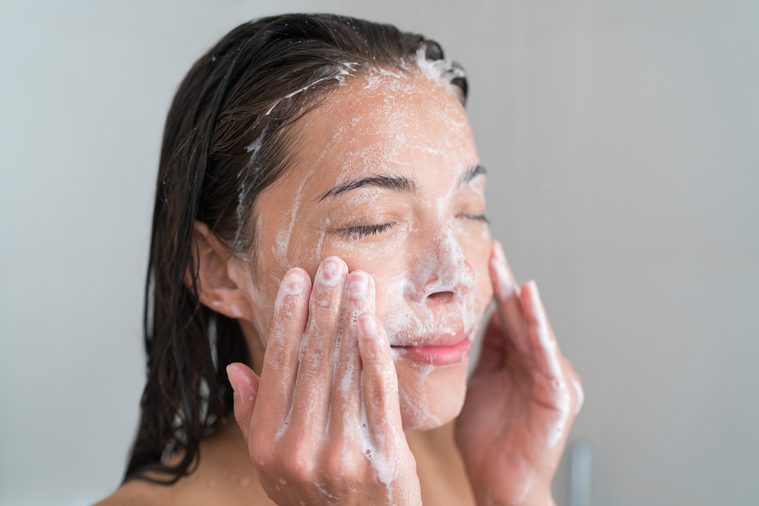
Using the wrong cleanser
“The foaming cleanser you use during the summer to remove excess oil from your skin may cause dryness and irritation in the winter,” says Dr. Zeichner. “Instead, stick to gentle, hydrating cleaners during the colder months.” Avoid products that have an alkaline pH and instead look for those that say they offer moisturizing benefits. Find out how to wash your face according to your skin type.
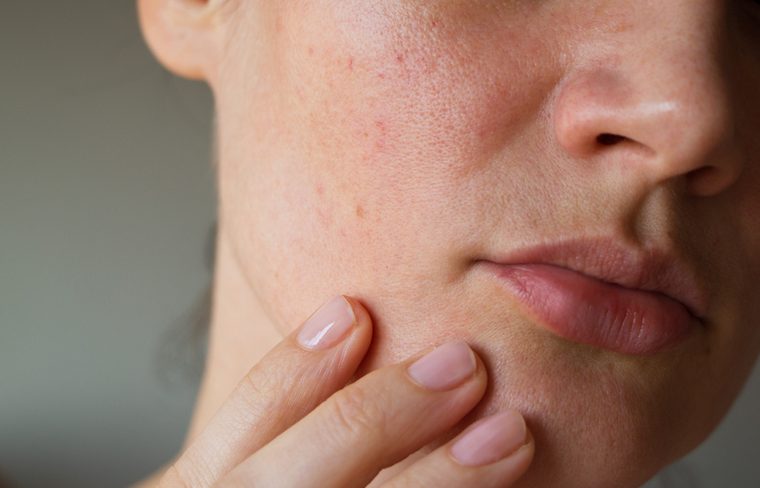
Too much exfoliating
Many people see flakes on their face in the winter and assume they need to exfoliate. Wrong move: “This actually can cause more harm than good, leading to microscopic cracks and inflammation,” says Dr. Zeichner. His advice: “If you see flakes, the first thing you should do is give your skin what it needs—moisturizer. You can exfoliate afterward if you still have flaky skin.” Read about these 10 exfoliating mistakes that are sabotaging your skin.
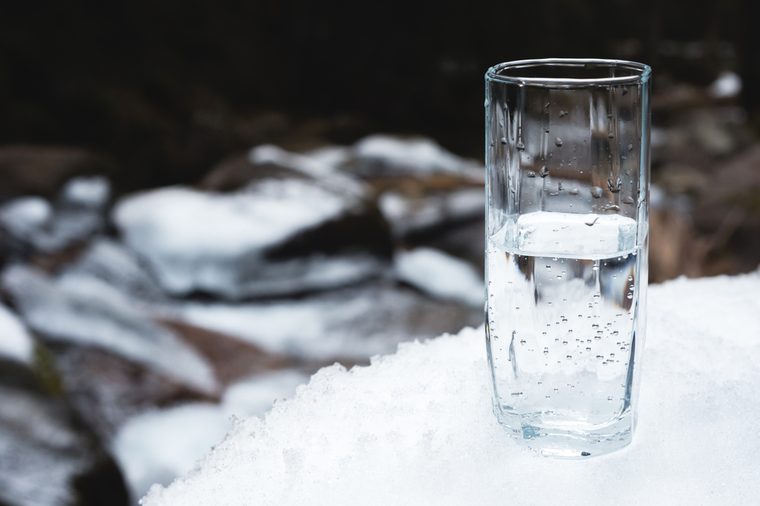
Drinking too little water
We tend to drink more in the summer when we’re hot and thirsty than we do in the winter. “There’s no data proving that drinking a glass of water is necessary to maintain skin hydration or that drinking fewer than eight glasses a day is harmful,” says Dr. Zeichner. “However, if you are extremely dehydrated, that can have an effect on the body overall as well as your skin.” Carry a water bottle with you and sip throughout the day. Read about the 13 genius tricks for staying well hydrated.

Overlooking your lips
Many people ignore their lips in the winter until they’re irritated and chapped. To head that off, apply a balm or ointment morning and night to protect your lips from the environment. “Avoid lip balms that contain ingredients like camphor, menthol, fragrance, or salicylic acid,” says Dr. Zeichner. “These ingredients oftentimes cause more irritation than good.” Tip from the AAD: If the balm causes your lips to sting or tingle, switch to one that doesn’t. When you’re prepping for summer skin care, check out these lip balms with SPF.
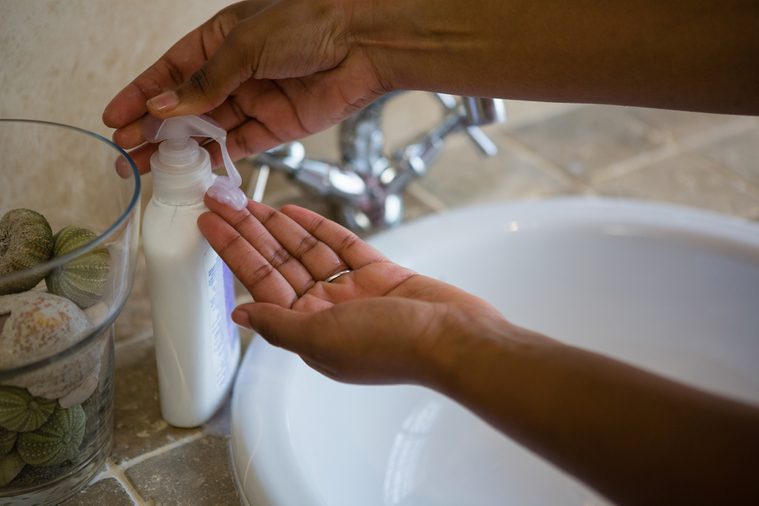
Letting hand washing take a toll
You probably wash your hands more often in winter—it’s a great way to ward off colds and flu. But all that soap and water can take a toll; using alcohol-based hand sanitizers can make the problem worse. The AAD recommends carrying a non-greasy hand cream with you wherever you go so you can moisturize hands after every washing. Don’t miss these 10 ways you’re washing your hands wrong.
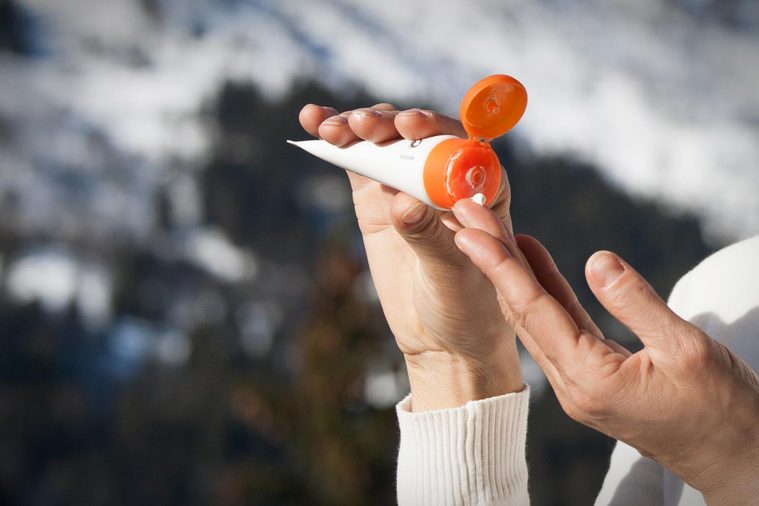
Skipping the sunscreen
It’s a myth that your skin is safer from the sun in winter. “UV light may not be as strong during the winter as it is during the summer, but it still exerts a harmful effect,” says Dr. Zeichner. If you enjoy winter sports, take extra care: “UV light reflects off snow, which can lead to sunburning even while you’re skiing.” Look for a sunscreen with at least SPF 30 and the words “broad-spectrum protection” on the bottle, to ensure it protects against both UVB and UVA rays. Check out these 18 sunscreen mistakes you don’t realize you’re making.
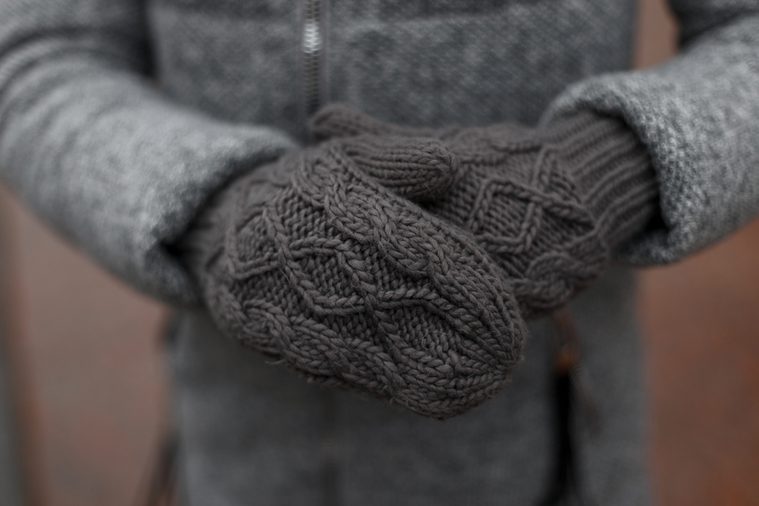
Exposing hands to the elements
A simple step can help head off raw, irritated hands—wearing gloves. The AAD recommends putting on warm gloves every time you go outside. Also, make sure to use dish-washing gloves before you immerse your hands in water or do any cleaning that would bring your hands into contact with chemicals. Don’t miss these tips for healthy winter hands.
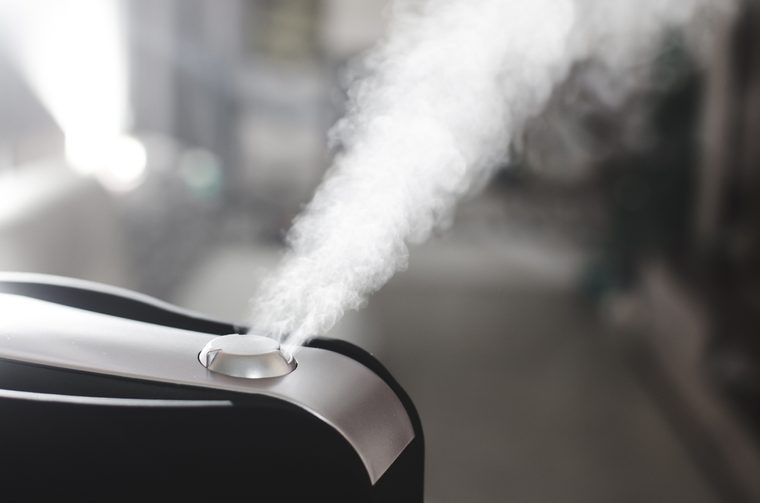
Not running a humidifier
A humidifier adds moisture to the air, which is just what you need in the cold, dry months, says Dr. Zeichner. He recommends running one at night while you sleep. “Stick to cool mist humidifiers as they’re safer than hot steam options,” he says. Find out how to choose the best humidifier for your space.
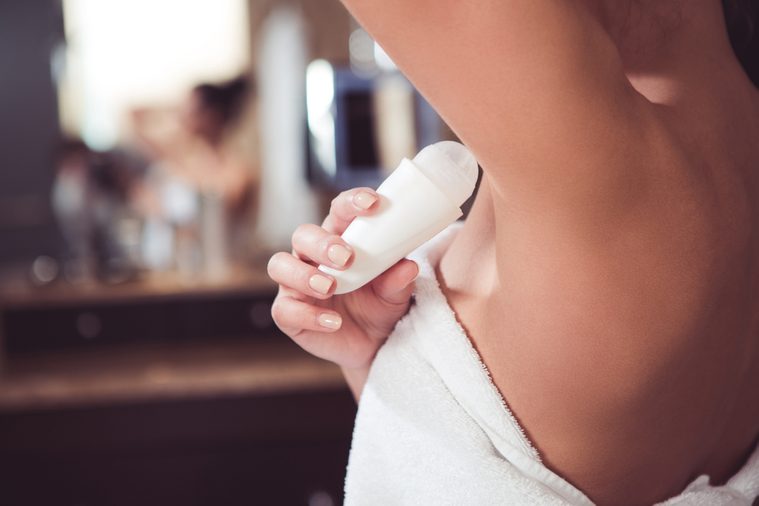
Using scented products
Scented skincare products can irritate already dry skin. If your skin is feeling parched and itchy, replace the deodorants, soaps, and any products that contain fragrance with unscented products; also, beware of any products that contain alcohol, retinoids, or alpha-hydroxy acid (AHA). All these ingredients can strip skin of its natural oils. Watch out for these 12 toxic ingredients that turn up in beauty products.
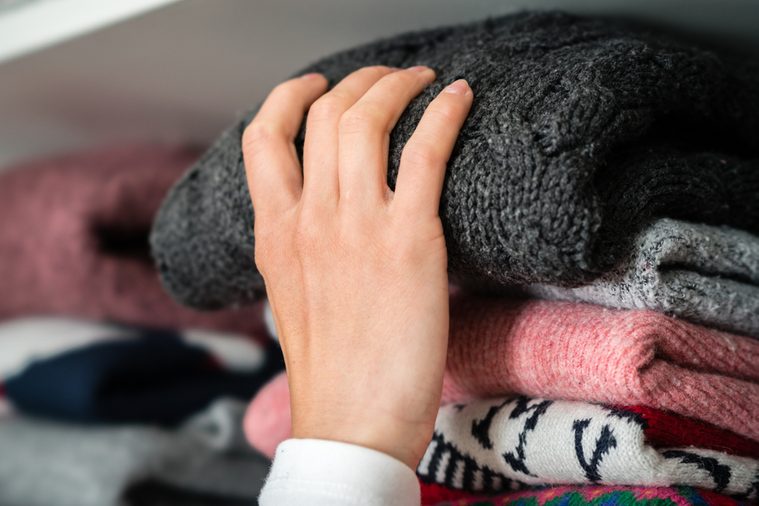
Wearing clothes that chafe
It’s sweater weather, but clothes made of wool and other rough materials can irritate skin. Choose softer materials when you can, says the AAD—and if wool is a must, wear cotton or silk under it. Be careful when choosing a laundry detergent that you use to wash those clothes, as it can irritate too. Use a brand labeled “hypoallergenic,” especially in winter. Next, check out these 10 winter foods to help prevent colds and flu.
